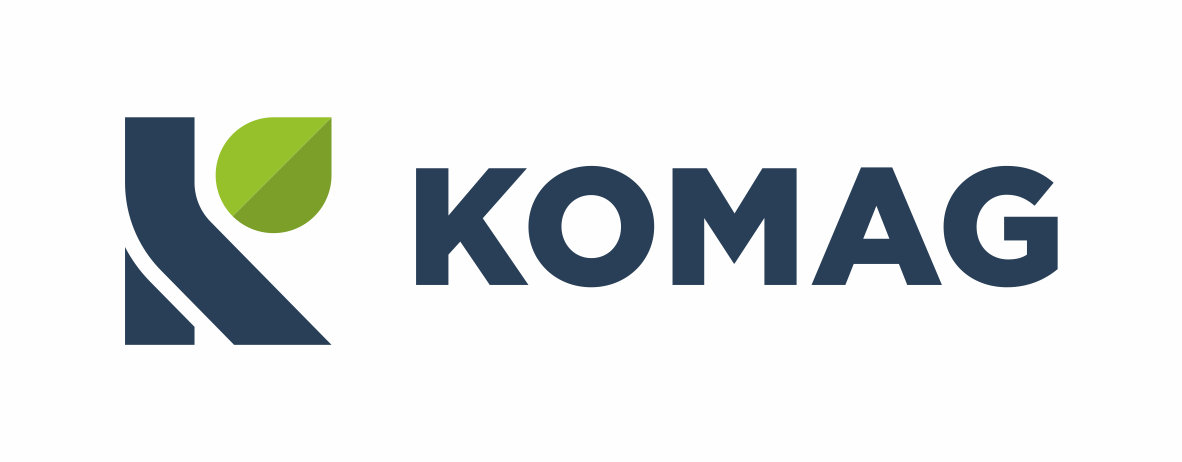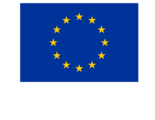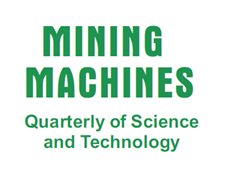The ranging arms of the KSW-460NE longwall shearer, as the first ones, were equipped with an experimental installation of external air-water spraying system within the Targeted Project No. 6T12 2004C/06337, supported by the Ministry of Education and Science. The installation is designed to protect against methane ignition and to control dust in the conditions of methane hazard. The installation consists of two-medium sprays, supplying pipes and check and control equipment.
Water and compressed air supplied to a shearer, after having the pressure reduced to 3-5 bar, are delivered in separate pipes to the two-medium sprays, where they are mixed and as water-in-the-air mist ejected outside.
The air-water system installed in the shearer reduces a consumption of spraying water significantly, and the tests conducted in the “Barbara” Experimental Mine have proven its usefulness for extinguishing gas flames and for protecting against their generation. The sprayed water in a form of a mist is also effective means of dust control in a longwall face.
The air-water installation also enables internal spraying (through the drum) with water-in-the-air mixture. This mixture is generated in a special mixer, situated in the shearer ranging arm. Each of the shearer ranging arms is equipped with a few up to a dozen or so air-water sprays.
Low pressure of supplying water (max 5 bar) and maximal spraying water consumption in the amount of 100l/min for the whole shearer do not require an installation of the pressure increasing pumps and the water for supplying the shearer spraying installation can be taken directly from the fire pipeline.
The air-water system can be installed in parallel with the typical water system, which enables to use one or the other according to the needs.
The first shearer of KSW-460NE type, equipped with air-water spraying installation, has started its operation in the “Pniowek” Colliery.

Air-water spraying system installed in RW-200N ranging arm of KSW-460NE longwall shearer

Computer simulation of air-water spraying system installed in RW-200N ranging arm of KSW-460NE longwall shearer








 Badanie bezpieczeństwa wyrobów
Badanie bezpieczeństwa wyrobów Klaster Maszyn Górniczych
Klaster Maszyn Górniczych